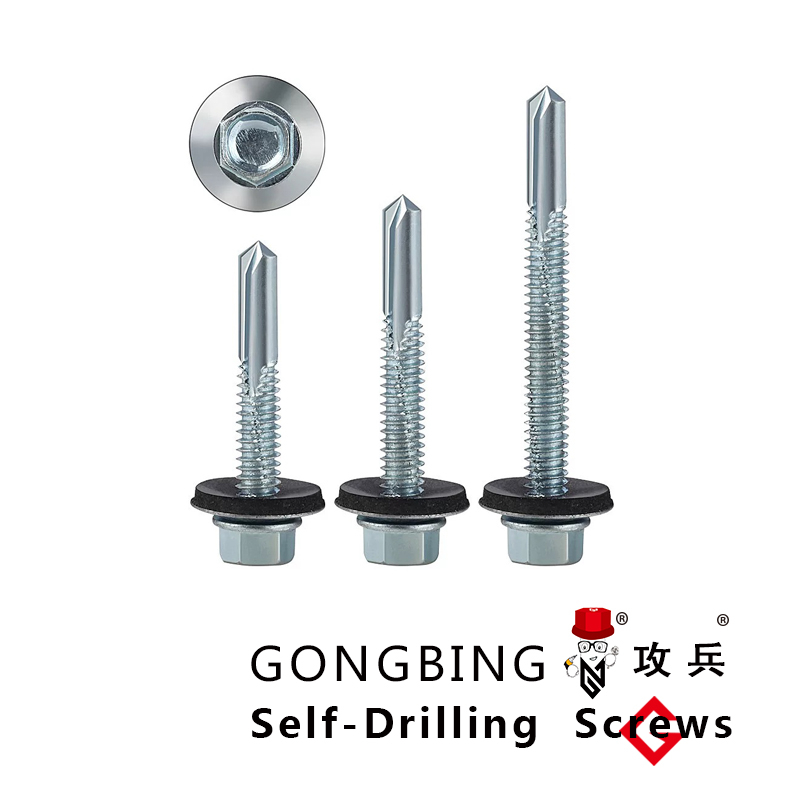Advancements in Steel Bracing Techniques for Enhanced Structural Stability and Performance
Understanding Steel Bracing A Crucial Component in Structural Engineering
Steel bracing is an essential technique in structural engineering, employed to enhance the stability and strength of buildings and other structures. As urbanization continues to rise and architecture becomes increasingly ambitious, the demand for materials and methods that ensure structural integrity has never been higher. Steel bracing plays a key role in supporting structures against lateral forces, such as wind and seismic activities.
At its core, steel bracing involves the use of steel members connected diagonally between vertical and horizontal elements of a framework. These members can take various forms, including X-bracing, K-bracing, or V-bracing, depending on the design requirements and aesthetic considerations. The primary function of these diagonal braces is to provide resistance to lateral loads, which helps prevent structural deformation and collapse.
One of the most significant advantages of steel bracing is its ability to absorb and distribute forces throughout a structure. When lateral forces are applied, the braces help to maintain the overall shape of the building by transferring these forces to the ground. This is especially critical in earthquake-prone regions, where buildings must be designed to withstand sudden ground movements. The inclusion of steel bracing can significantly improve a building’s seismic performance, making it more resilient to unpredictable natural events.
In addition to enhancing safety, steel bracing contributes to design flexibility. Architects can experiment with various configurations and styles while ensuring that structural integrity is not compromised. For instance, the visible steel braces can be incorporated into the architectural design, adding an aesthetic element that can contribute to the visual appeal of a building. Expo buildings and modern skyscrapers frequently utilize steel bracing to express the qualities of strength and innovation.
steel bracing

Furthermore, steel bracing materials are relatively lightweight yet incredibly strong, allowing for efficient construction processes. This reduces the need for excessive concrete or other heavy materials, making it an environmentally friendly option. The use of steel also promotes sustainability, as it is recyclable and can contribute to a structure's overall life cycle assessment.
However, while steel bracing offers numerous benefits, its implementation requires careful consideration of various factors, including the nature of the loads, building height, and local building codes. Structural engineers must conduct thorough analyses to determine the appropriate type and amount of bracing needed for a given project. The design must comply with local regulations to ensure that it meets safety standards.
Moreover, maintenance of steel bracing systems is crucial for long-term performance. Regular inspections are necessary to identify potential issues such as corrosion or fatigue, especially in environments with extreme weather conditions or exposure to corrosive materials.
In conclusion, steel bracing is a vital component in modern structural design, providing essential stability and safety for buildings and infrastructure. As cities continue to grow and face the challenges of climate change, the importance of robust engineering solutions like steel bracing will only increase. By understanding and effectively applying this technique, professionals in the field can contribute to creating safer, more resilient built environments. As we embrace future innovations in construction, the role of steel bracing will undoubtedly remain central to the evolution of architecture and engineering practices.
-
Wedge Anchor Bolts: Secure Fastening SolutionsНавіныAug.05,2025
-
Insulation Fixings: Secure and Durable SolutionsНавіныAug.05,2025
-
Full Threaded Studs: Versatile Fastening SolutionsНавіныAug.05,2025
-
Expanding Fasteners: Secure and Reliable SolutionsНавіныAug.05,2025
-
Butterfly Toggle Anchors: Secure and Easy to UseНавіныAug.05,2025
-
Bracing Solutions for Steel StructuresНавіныAug.05,2025
